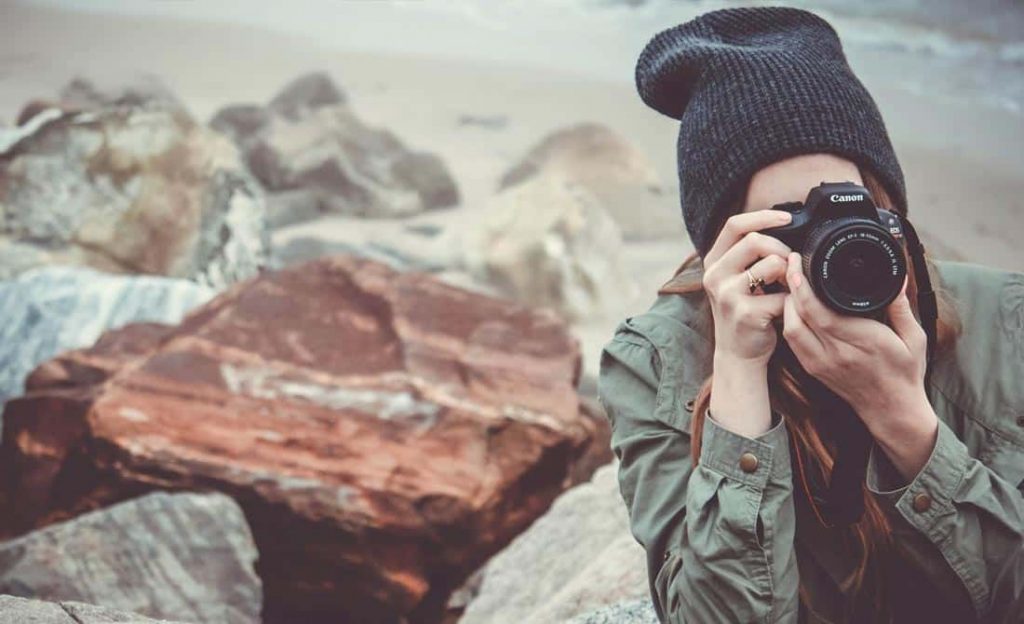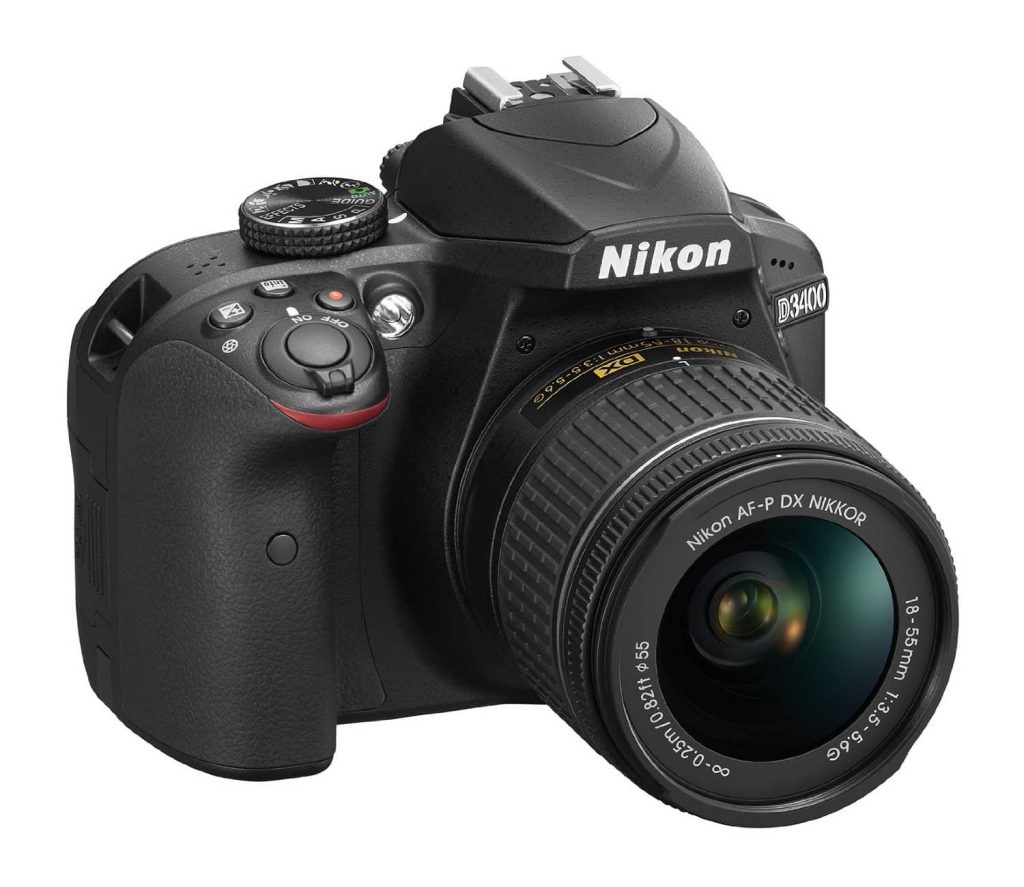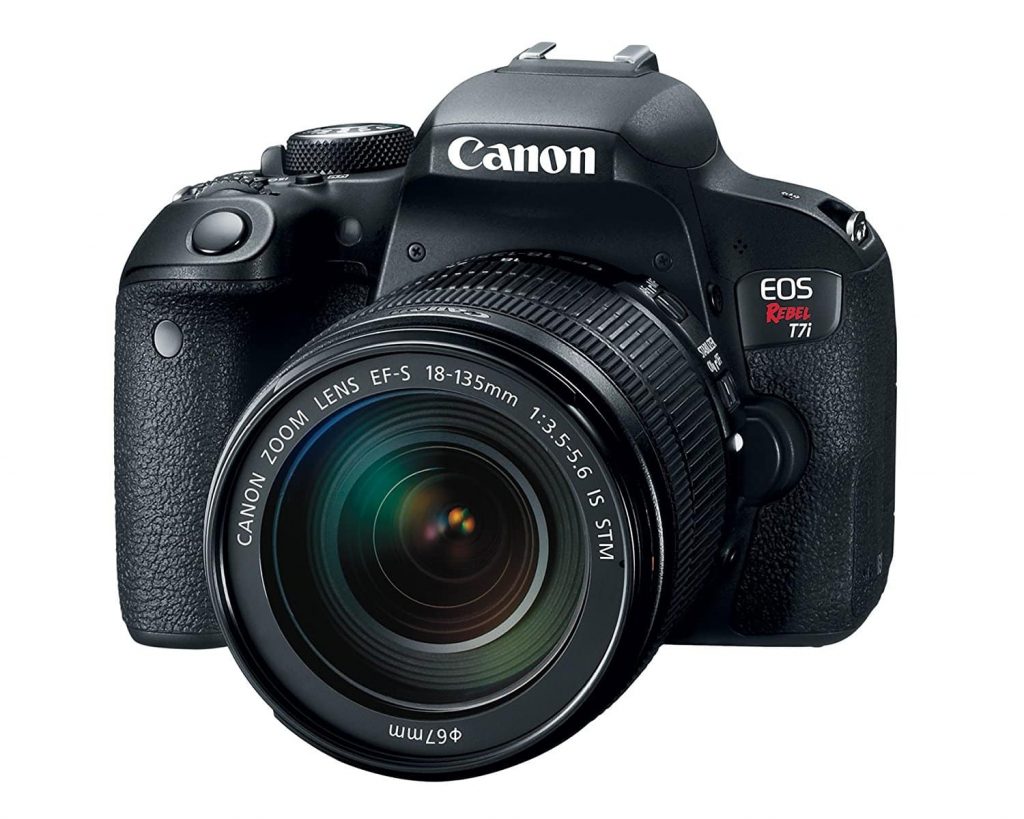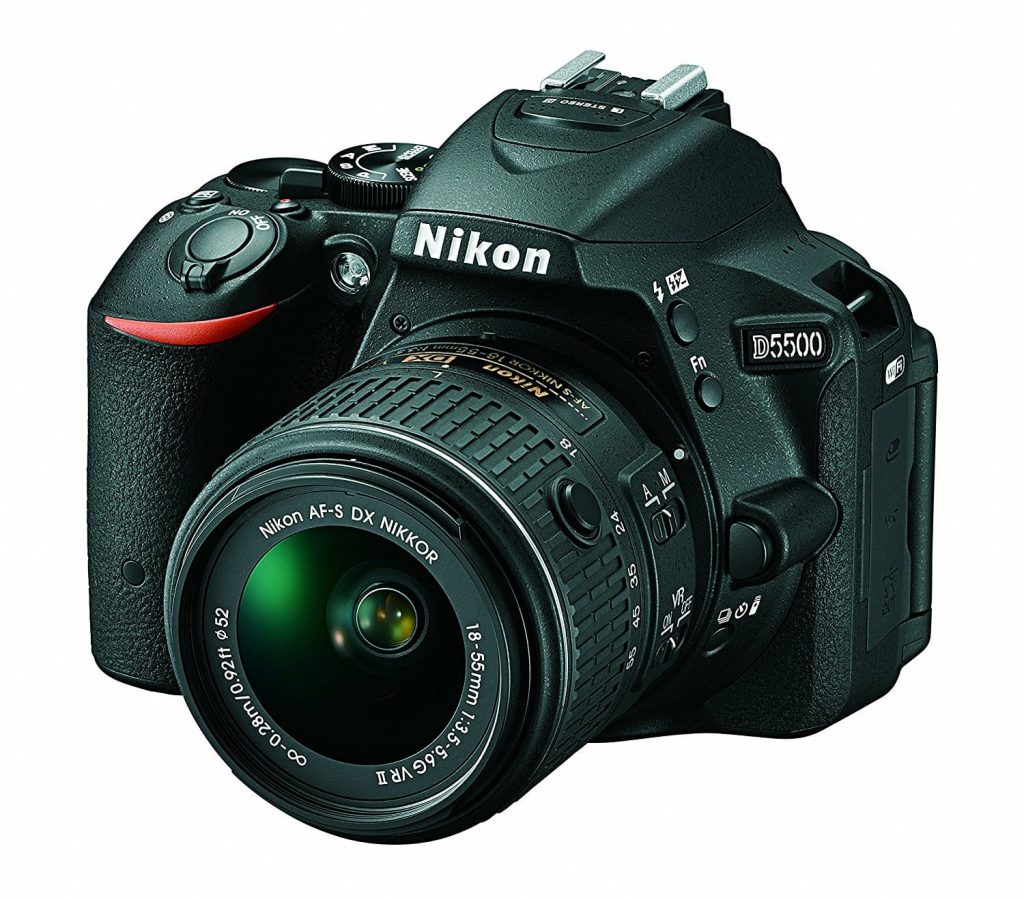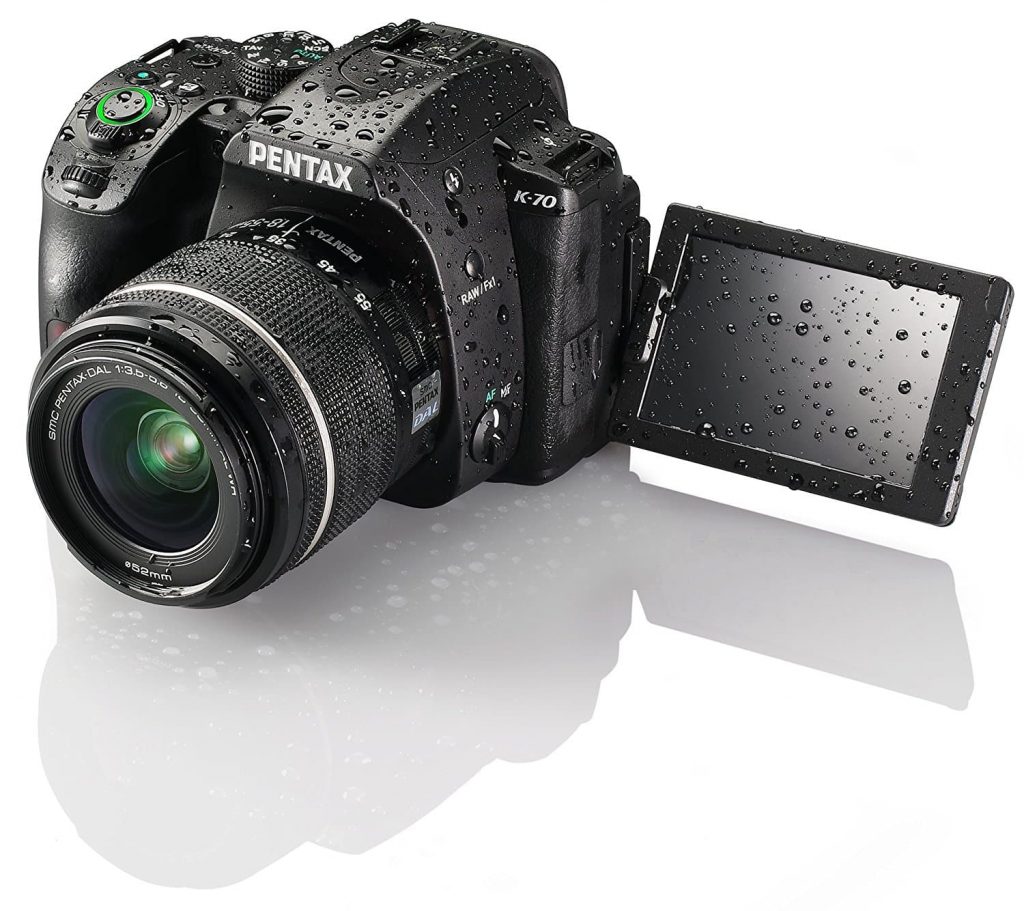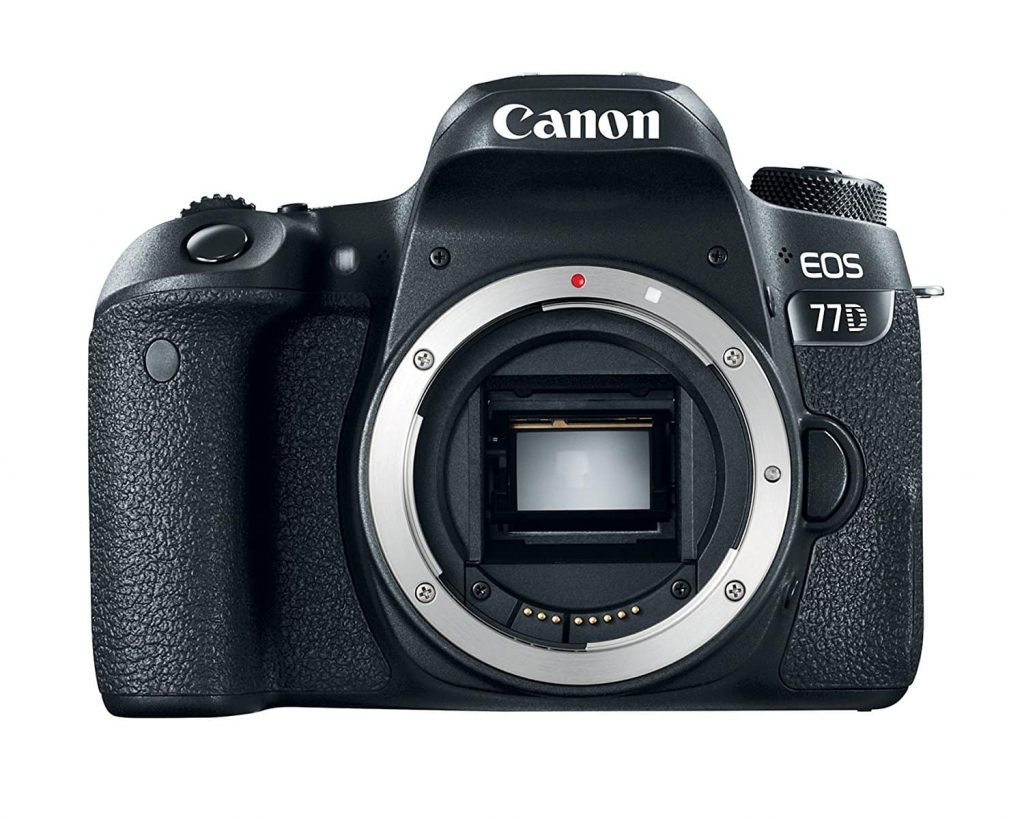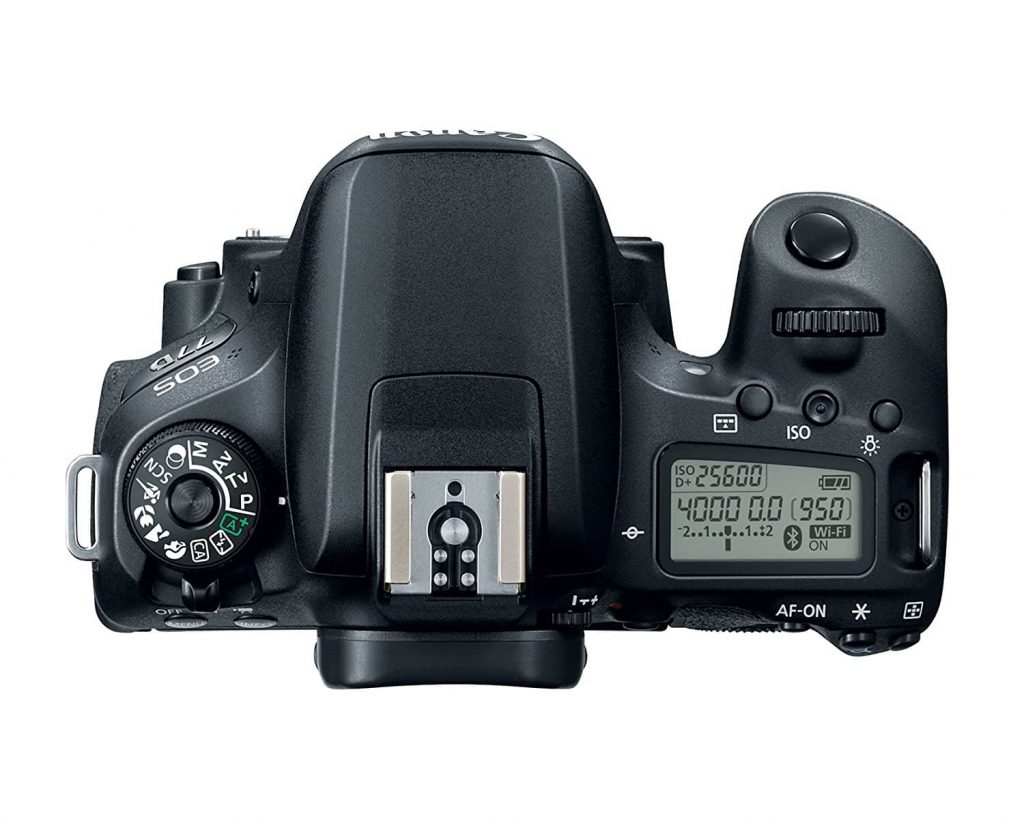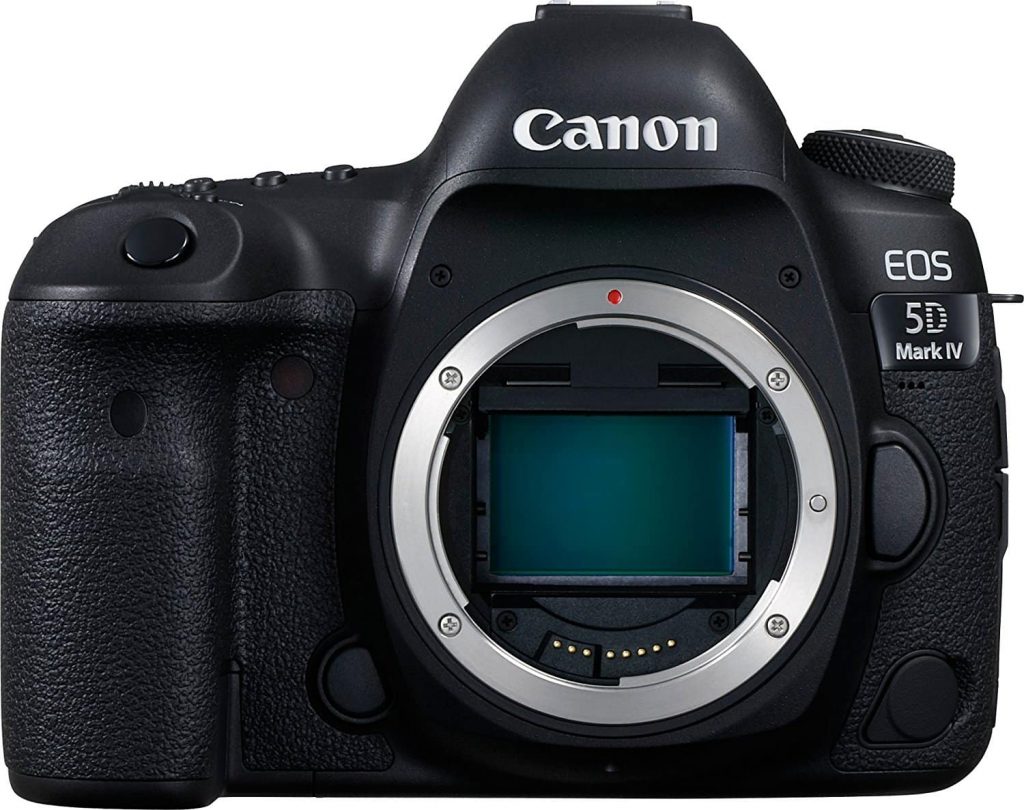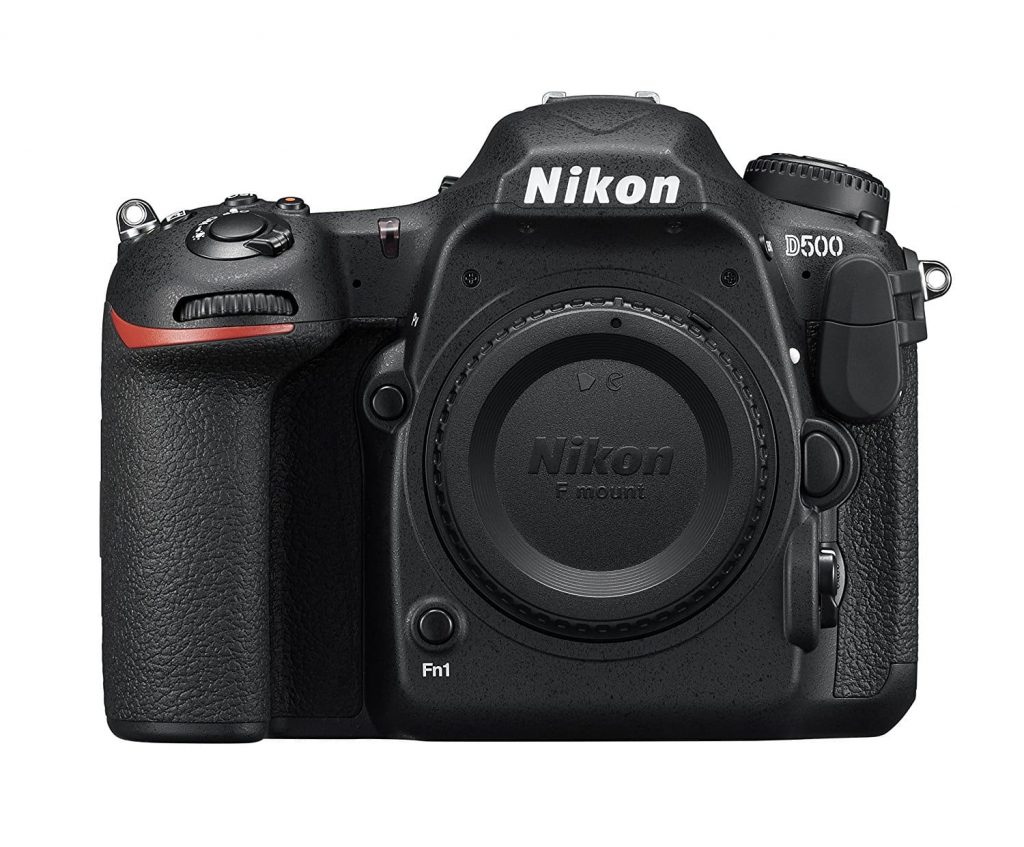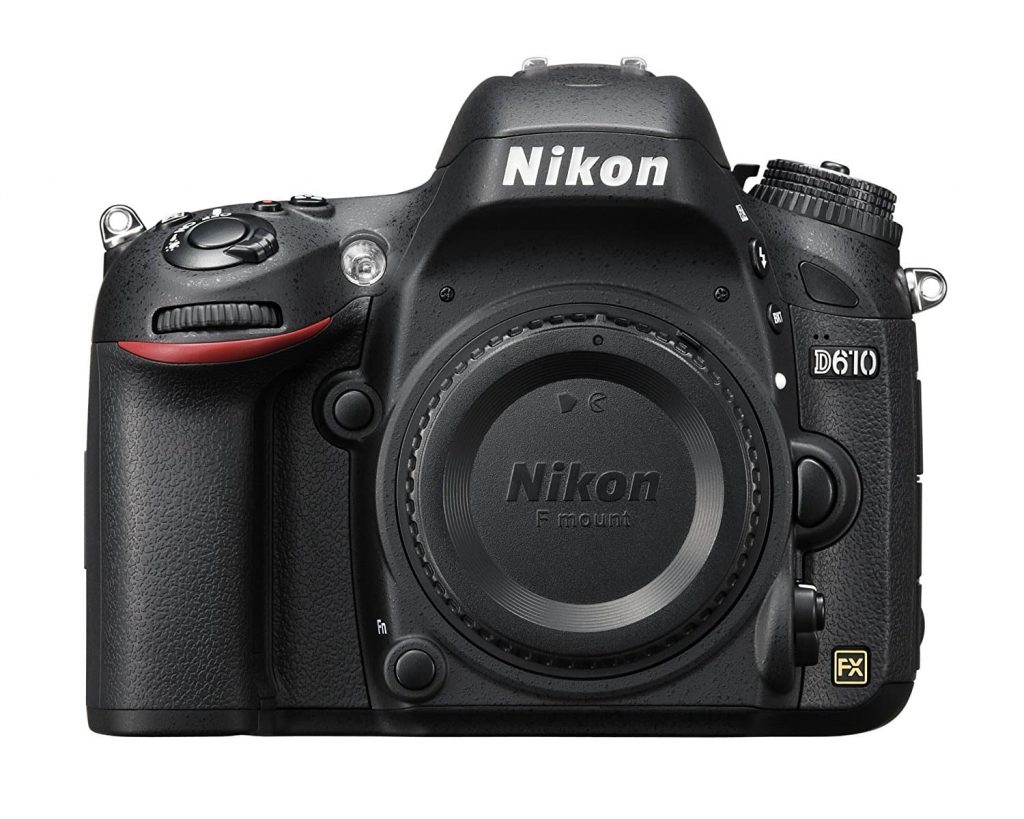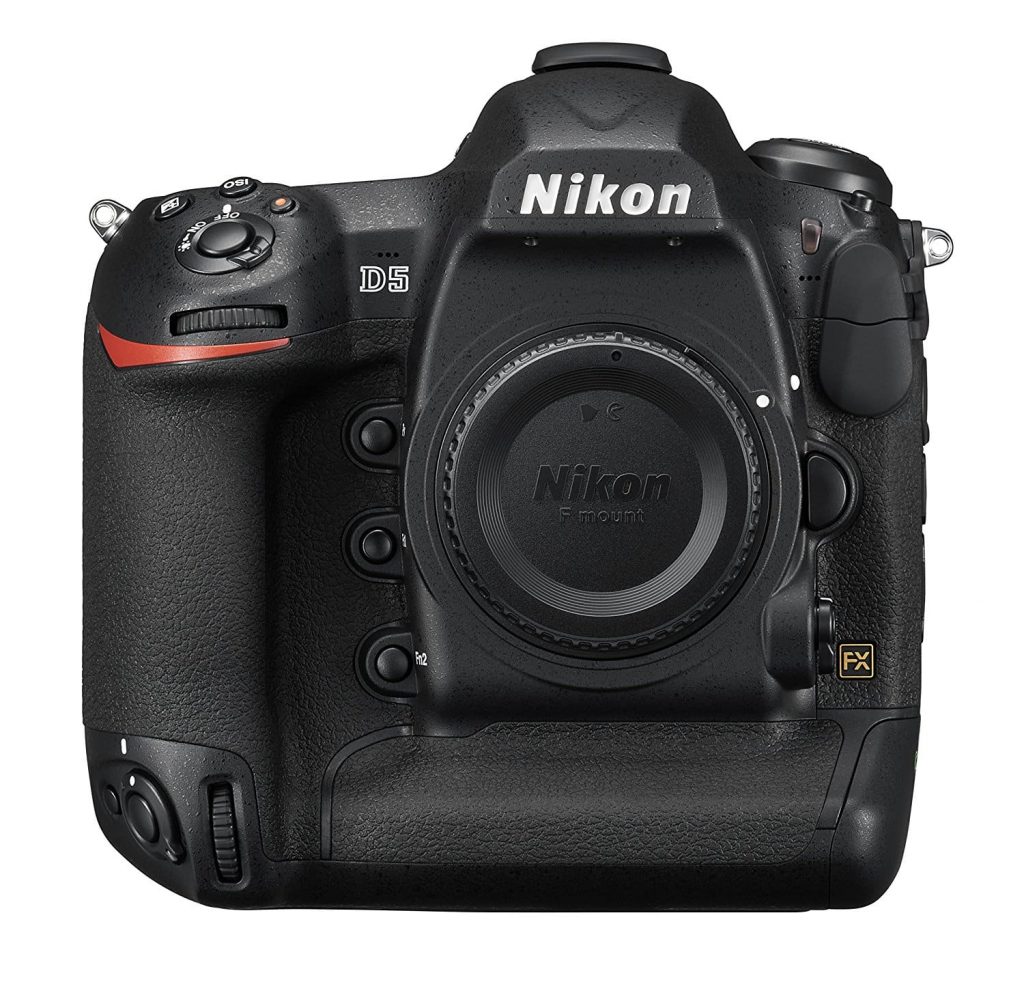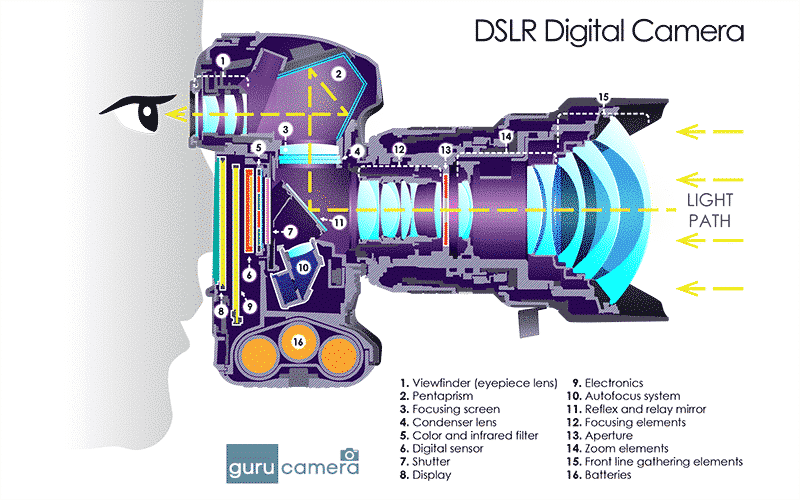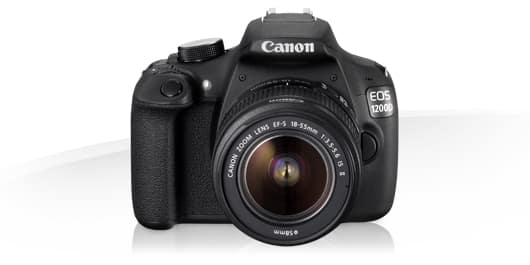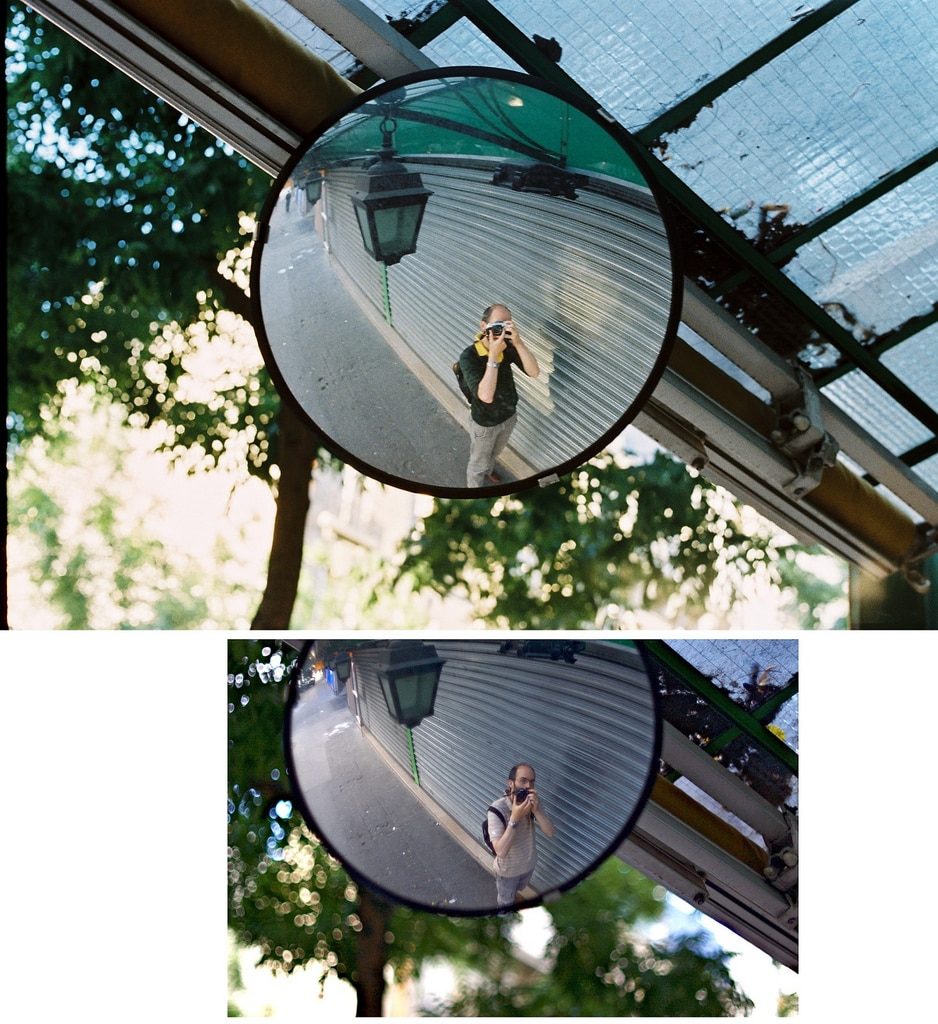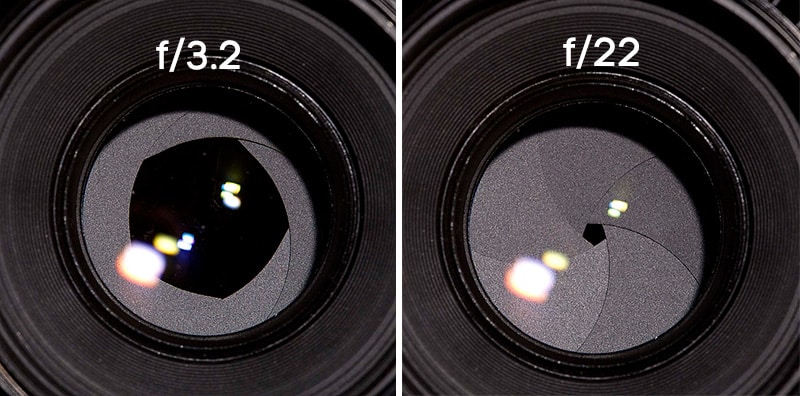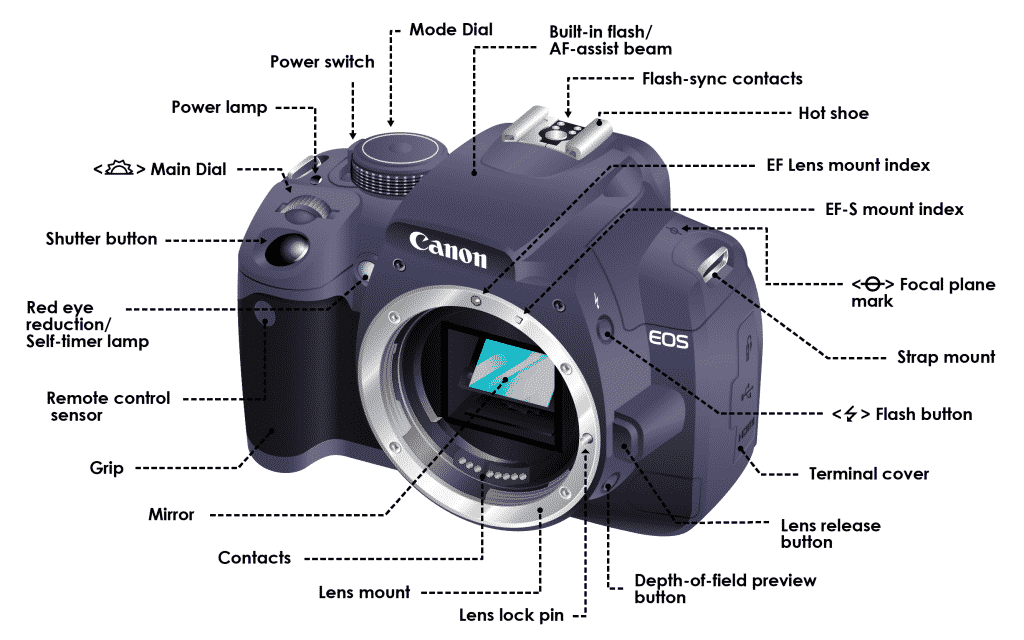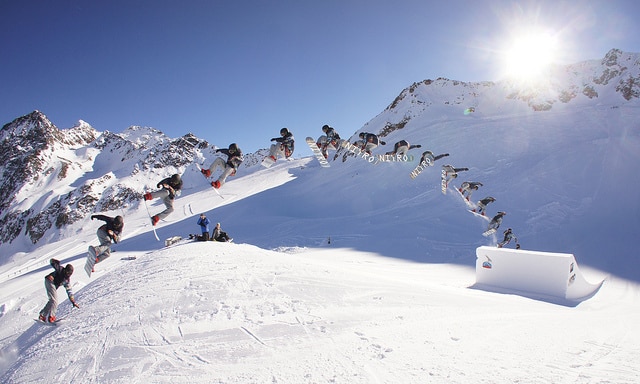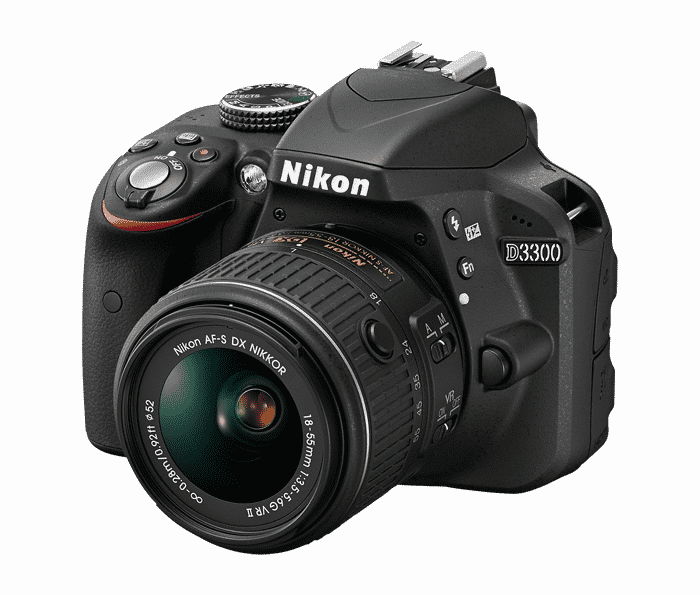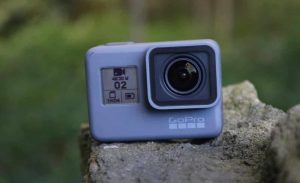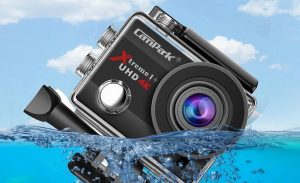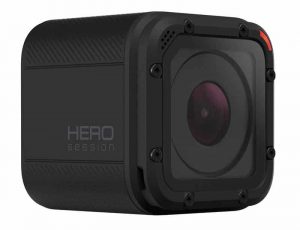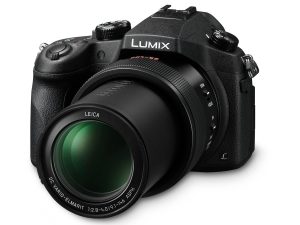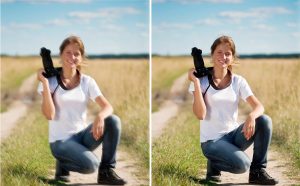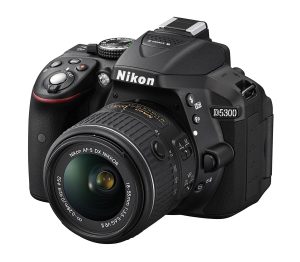Jump To Section
1. Nikon D3400
Our pick for: best entry level DSLR in 2019, best budget DSLR in 2019.
Nikon is one of the world’s best known camera brands. You’ll see many professional photographers rocking one of their top of the range, full frame DSLRs, but they make some truly great cameras at the entry level too.
Which is why the Nikon D3400 is our choice for the best entry level DSLR for the second year in a row.
So what do you get?
The D3400 is built around a 24.2 megapixel DX sensor with no optical low pass filter. What does the lack of optical pass filter mean? It means you’ll get ultra-sharp images.
And you’ll also get an 11 point auto focusing (AF) system. Most entry level DSLRs ship with 9 AF points, so that’s a nice tick.
ISO is pretty standard at 100 – 25,600, but if you’re looking for a multi-purpose camera then full HD video at 60fps is another feather in the cap.
Add in bluetooth connectivity (standard) and you’ve got a great all round shooter, for a great price.
2. Canon EOS Rebel T7i
Our pick for: best Canon DSLR for beginner in 2019.
In the photography world you’re either a Nikonite, or a Canonite.
And depending on who you talk to (and which side of the fence they sit), you will hear that one brand makes better cameras than the other.
The truth?
Both Canon and Nikon make great cameras. And Canon’s entry level segment is just as impressive as Nikon’s.
For beginners, we like the Rebel T7i.
It’s an impressive piece of kit, which touches on the prosumer segment of the market. Indeed, it is at the higher end of the entry level price bracket, so if you need a cheaper alternative consider the T5i.
Features wise, you’ll get a 24.2MP APS-C CMOS sensor, which benefits from Canon’s excellent dual pixel auto-focusing technology. In our opinion this is probably the best live view, and video autofocusing tech in the market right now.
And this time you’ll get 45 auto focusing points, which means you’ll get a clear, focused shot in most light conditions.
Native ISO is also more than the D3400, ranging from 100 – 51,200.
Anything else?
Yep. A vari-angle 3″ rear LCD screen, full HD video (60fps), and built in Wi-Fi make this a great choice for your next DSLR.
3. Nikon D5500
Our pick for: best Nikon DSLR for beginners in 2019.
Next up we’ve got another great Nikon camera in the upper entry level range.
The D5500 is powered by a 24.2MP CMOS sensor, which again omits any low pass filtering. Combined with Nikon’s EXPEED 4 image processor, that makes for some super sharp images.
The trade off here is a little more chance of moiré and false colors, but nothing that can’t be fixed in the edit.
Native ISO is higher than the 3400, running from 100 – 25,600. Although we would always recommend shooting at the lowest ISO setting possible to reduce digital noise.
How about video?
Yep, you’ll get 60fps at full HD, and the vari-angle touchscreen at the back is useful for shooting different angles. There’s also a smartphone like ‘pinch and zoom’ feature on the display.
Autofocusing is powered by Nikon’s Multi-CAM 4800DX 39-point AF sensor (9 cross-type) and there’s also a neat eye sensor that will turn off the display on the back of the camera when you are looking through the viewfinder. Useful for saving battery life.
4. Pentax K-70
Our pick for: best DSLR camera under $600 (body only)
(yes, it’s waterproof)
Pentax doesn’t quite have the same brand recognition as Canon and Nikon, but they make some great cameras and are the choice of many pro photographers.
The K-70 is one of our favourite cameras available at the upper entry level.
Specs wise it’s pretty on-par with the D5500, although you will get an increased ISO range of 100 – 102,400. The sensor is a 24.24MP DX CMOS sensor, and again there’s no low pass filter.
A big plus here though is image stabilization. The K-70 has body based image stabilization (sensor-shift), which will help to avoid shaky images at higher zooms.
Auto focusing?
You’ll get an 11-point SAFOX X auto-focusing mechanism with 9 cross-type sensors, with the 9 points sensitive down to -3EV.
Throw in a vari-angle screen and 6fps burst mode (most entry level are 5fps) and you’ve got an awesome camera.
5. Canon EOS 77D
Our pick for: best DSLR camera under $1,000 (body only).
We’re starting to move up in price brackets here. With a lens kit you’ll probably be looking over $1K, although you can normally pick up a body only deal for under $800.
While the EOS 77D is still considered upper entry level, there are a few features that would normally be reserved for pro DSLRs.
For example, you’ll get a top LCD panel, and you’ll also get multiple connectivity options (Wi-Fi, NFC, Bluetooth).
This is a crop sensor camera (1.6x), which makes it perfect for shooting wildlife. You’ll definitely notice the difference when using a zoom lens.
And talking of the sensor, it’s a 24.2MP APS-C CMOS.
What else?
6fps continuous shooting, full HD videos at 60fps, a vari-angle touch screen, and a 45-point all cross-type auto-focusing system. Nice.
6. Canon EOS 5D Mark IV
Our pick for: best DSLR camera for video in 2019.
If you’re looking for a DSLR to use for shooting professional video then this is the one for you.
But it’s not cheap.
In fact, body only, you’ll be looking at around $3K.
So what do you get for that money? And what makes this the best DSLR for video in 2019?
Well, mainly 2 things:
A full frame sensor, and 4K video.
You’ll only get 30fps at 4K, but the quality is truly exceptional. The sensor is a huge 30.4MP and you can even grab 8.8MP stills from your videos.
Auto focusing is also important for shooting video. And with the 5D Mark IV, you’ll get 61 AF points, with 41 of them being cross type. Bonus: all of the 61 points are sensitive down to f/8.
A unique feature of the camera is the dual-pixel RAW technology. It allows some minor adjustments like bokeh shifting during post-processing. Plus, this is the first full-frame Canon DSLR that comes with dual-pixel CMOS auto-focusing.
The back of the camera is dominated by a 3.2” touchscreen with a resolution of 1.62m-dots. Native ISO range of the 5D Mark IV is 100 – 32000, and can be further extended to 102400.
Easily our pick for the best DSLR camera for video in 2019.
7. Nikon D500
Our pick for: best mid range DSLR in 2019.
Back into the upper end of the affordable range, we have the Nikon D500.
This time you get a 20.9MP DX sensor, with image processing powered by Nikon’s EXPEED 5.
Where this camera really shines is autofocus, with a whopping 153 AF points (99 cross type). Native ISO is also strong, ranging from 100 – 51,200.
It’s also strong on connectivity, with options for wireless, bluetooth, and NFC.
And another big tick is the burst mode. You’ll get 10fps, which is double the speed of most entry to mid range DSLRs, and you can shoot up to 200 raw images in this mode.
All round it’s a pretty strong contender. A plus fo video shooting is the built in stereo mic, and there’s also the option to add an external mic which is sadly lacking from most DSLRs at this price point.
Oh, and there’s a tilting touch screen on the back with a whopping 2539K dots resolution. That’s one of the best on the market.
8. Nikon D610
Our pick for: best affordable full frame DSLR in 2019.
Want to rock a full frame DSLR for under $1,500? Then the Nikon D610 is the camera for you.
The D610 is built around a 24.3MP full frame CMOS sensor, with image processing powered by Nikon’s EXPEED 3.
Full frame is the equivalent of a traditional 35mm stills camera, which means the camera will have:
- a higher dynamic range
- greater control over depth of field
- higher resolution
- improved performance in low light.
Needless to say, the D610 takes truly great photos in most conditions.
What about the other features?
Auto-focusing on the D610 is taken care of by the Multi-CAM 4800 39 point AF system with a central cross-type AF point.
While metering on the camera is handled by Nikon’s 3D Color Matrix Metering II. A 2016-pixel RGB sensor evaluates the scene for metering purposes.
Native ISO range of the D610 is 100 – 25600 and is further extended to 102400.
Can it shoot video?
Yep. The D610 can shoot full HD videos at a maximum frame rate of 30 fps. We also like the fact tht you can control exposure manually while shooting video (not normally the case on lower end DSLRs), and there’s the option to plug in an external mic for better quality audio.
You won’t find a better full frame DSLR at this price point. Period.
9. Nikon D5
Our pick for: best DSLR camera in 2019.
Want the best of the best and not worried about budget.
Well, our pick or the best full frame DSLR in 2019 (which it makes it the best DSLR) is the Nikon D5.
Be warned, this bad boy wil set you back $6K+.
But…
If you are serious about photography, ut’s worth every cent.
Quite frankly, the D5 is a formidable all round camera.
It’s built around a 20.8 megapixel full-frame CMOS sensor and EXPEED 5 image processor, while auto-focusing is powered by a Multi-CAM 20K 153-point AF system.
You’ll also get an 180,000 pixel RGB sensor used by the 3D Color Matrix Metering III technology for advanced scene recognition and accurate metering.
The D5 has a group area AF system that uses a bunch of AF points to work as a single AF point for more accurate and faster autofocusing performance. This makes the D5 hands down the best at subject tracking among all full-frame DSLRs on the market.
At the back of the camera is a large 3.2” touchscreen with a resolution of 2.36m-dots.
And finally, the D5 is designed to withstand pretty much everything that Mother Nature can throw at it, with class leading weather sealing. So you’ll be able to shoot any scene, in any condition.
Basically, buy the D5, and you’ll be the envy of not just your friends, but most pro photographers too.
It’s the best DSLR on the planet.
DSLR Camera Buying Guide
Need more advice? Check out our DSLR camera buying guide below.
What is a DSLR Camera?
The first bit is easy. The D in DSLR stands for ‘Digital’.
SLR is an acronym for ‘Single-Lens Reflex’. In single-lens reflex cameras, both digital and traditional, the light that passes into the lens is reflected via a mirror and prism to the viewfinder.
Which means that the image you see through the viewfinder is (almost) exactly what the camera is capturing through the lens.
DSLR cameras have huge, powerful sensors that give you amazing clarity and control over your choice of shot.
You can also easily change lenses to shoot better, higher quality images.
What to Expect From Your DSLR Camera or Camera Kit
Most of the time when you purchase a camera, it comes with the DSLR camera and a lens (between 18-55mm) for a good medium-range shot.
An 18-55mm lens will have around a 3x optical zoom.
When you pick a brand like Sony, Nikon, or Canon, you can feel pretty confident in your purchase; knowing that you got a well rounded, respectably performing camera.
Even further, even if your camera isn’t the most expensive, DSLR cameras can switch lenses, meaning you can still get pretty much any shot you want (such as a panoramic image, a fish-eye shot, an extreme close-up, or long zoom shot).
Sometimes, you can purchase the camera without a lens (note: usually called “body-only”). These kinds of purchases are only recommended if you already own a collection of lenses
You should also make sure that your existing lenses fit your new camera before making any purchases. For example, a Canon lens won’t fit on a Nikon without purchasing a separate adapter.
APS-C v Full Frame Sensor
When you’re going to purchase your camera, there will be an option to select either APS-C image sensors (typically called crop sensors) or full-frame sensors.
Image sensors are basically used to catch light in your picture, digitally recording that light as an image to your camera when you press the shutter button.
Because this sensor is dramatically larger than the sensor in mobile phones (even in point and shoot phones), DSLR cameras can shoot amazingly high quality shots in practically all light situations (especially with high ISO).
The biggest difference between APS-C sensors and Full Frame sensors are size, and usually bigger is better.
Full frame sensors are about 46% bigger, meaning they capture bigger, sharper images – especially when light is an issue.
However, if you’re constantly zooming in, you might actually want an APS-C, because the sensor fits the frame of a subject more completely than full-frame sensors would.
Sometimes, ultra-high quality full frame sensors are overkill for new photographers, and can deliver flawed results.
In these situations, novices could save some money and still get exceptional quality with APS-C sensors.
How Many Megapixels Does Your Camera Need?
Each tiny square of a photo (usually you don’t notice them until one is broken) is considered a pixel.
Each megapixel is made up of a thousand pixels. These tiny pixels take a specific color to form the resolution of your photograph.
Obviously, you’d want more, right?
Believe it or not, you don’t always want higher amounts of megapixels.
You actually want better megapixels.
When you put a ton of pixels into every picture, you’re often trading off the quality of pixels as smaller pixels don’t behave as well as big pixels.
Bigger pixels of DSLR cameras absorb light more efficiently, transfer color, and aren’t distorted by noise and color.
What this means is that a 12 megapixel DSLR camera will almost always outperform a 24 megapixel point-and-shoot camera, no matter the brand of point-and-shoot camera.
And that 24 megapixel point-and-shoot would beat a 40 megapixel phone in a side by side comparison.
How Do DSLR Cameras Process Images?
DSLR cameras process images far better than other cameras.
This gives you a lot of options when it comes to the types of photos you might want to shoot. Consider this processing speed the “brain” of your camera.
Compared to a camera phone, a DSLR is like Einstein.
Manufacturers usually don’t share the specific specs of their cameras because of the competition that exists between them. They’re also designed with specific functions in mind, to give each artist their own approach to photography.
That being said, relevant image processing speeds are far superior to other cameras despite being controlled by internal settings.
The best way to evaluate a camera is by its ability to shoot the photos that you’re regularly going to be shooting.
Look at how many frames per second the camera can handle, and whether or not it has immediate auto-focusing abilities, even when used in burst or macro-mode.
Camera processors are always improving, operating significantly faster than older models (and their point and shoot counterparts).
DSLR cameras can even use several processors at once (like phones and laptops) to give them even more enhanced speed and capture abilities.
How Does Exposure Affect Your DSLR Camera?
The most basic parts of the picture are the aperture range, the shutter speed of your camera, and how sensitive it is to ISO.
The best DSLR cameras give you complete control over these settings + a lot more individual features like brightness and contrast.
But if this sounds a little confusing, don’t worry! Most modern cameras come with automatic settings if you aren’t sure what you’re looking for or aren’t prone to guessing.
Here are some facts to consider when it comes to aperture, shutter speed, and ISO sensitivity:
Aperture
No matter what type of camera you buy, your camera lens has an aperture range.
When the number on your F-stop is higher, your aperture is actually lower, meaning less light gets through.
When your F-stop is lower, the aperture of your pictures is higher, and they’ll look more diffused and stylized, with more unique color and blending.
A good example of this is comparing an F-stop of 22 with an F-stop of 3.2.
The higher aperture puts the majority of your image in focus while the lower one puts a much smaller portion as the focal point.
Because DSLR cameras move so fast, they can capture better images at low apertures. This is why they’re so good at night.
Shutter Speed
Shutter speed controls the light that goes through your camera.
When your shutter is open longer, you’ll get more light.
Lower shutter speeds blur pictures, but it’s easy to use a DSLR camera to carefully adjust the speed to the perfect level to freeze action when people are moving, but also give more color brilliance, beauty, or blending on a still shot with the perfect light.
Often, finding the best camera means finding an easily adjustable shutter speed with a wide variety of options.
ISO Sensitivity
ISO measures your camera’s sensitivity to light coming in through the lens (NOT exterior light).
The easiest way to understand this setting is to remember that to catch stars, you’ll need a camera with extremely high ISO.
Brighter scenes require lower ISO settings, which is why most point-and-shoot cameras have low ISO sensitivity.
DSLR cameras can shoot well in both scenarios, mastering shots in a wide range of lighting conditions. So much so that you often don’t need flash.
The best rule of thumb when it comes to ISO is to use as little as you can get away with.
On the other hand, higher ISO gives you sharper pictures, less noise, and far less distraction (with flash or lights) than you’ll ever get on a camera with a small sensor.
If you’re a novice, these settings are often best left alone.
What Features Does Your DSLR Camera Offer?
This next section will highlight some of the many reasons that DSLR cameras are so popular.
You won’t find these features on point-and-shoot or mobile phone cameras, and if you do, they’ll work far better on a DSLR camera because they have such superior components and design.
Many of these features are so essential for developed photographers that they’d never go back to traditional point-and-shoot cameras.
This speed and performance is one of the number one reasons that DSLR cameras have become so popular.
That’s why it’s more important than ever to know what the best DSLR cameras can do, and how to choose a DSLR camera that has the perfect features for you.
Burst Mode Pictures and Frames Per Second
Burst mode means that you can shoot an expansive amount of photos at once – usually as many as ten or more. This total is measured as “frames per second.”
After you’ve taken a succession of shots (we’ve taken as many as a thousand pictures) it’s then time to review your pictures and take a few of your favorites.
To get this speed, your camera has to be able to process images fast. That’s why the best DSLR cameras have lots of processing power and are best at shooting demanding, high-speed pictures.
To make the most of this combination, you have to give your camera a high quality memory card that can handle the task of saving at a moments notice.
Some good rules of thumb for picking camera speeds:
- General photography: 3 frames per second
- Kids and pets photography: 5 frames per second
- Action, sports, and wildlife photography: 10 frames or higher
Auto focus and facial recognition
While most cameras have decent focus functions, some cameras let you pick moving targets, tracking a single image (and keeping it in focus above the rest), as well as scene recognition and facial recognition to make sure you always have the right exposure.
Other digital SLR cameras auto focus and adjust automatically in the time it takes to hit the shoot button.
HDR (High Definition Resolution) Photography
If you thought that all your camera could do is take basic pictures, think again.
Some DSLR cameras take pictures at different exposure levels automatically and pick the best overall image to keep (showing you which ones to toss), or even combine elements of all of the photos together.
Can DSLR Cameras Record Video?
One of the best parts of a DSLR camera is that it can shoot video as well as it can shoot pictures.
Cameras with high ISO saturation are the best for video, because they deliver high quality details and brilliant colors, with amazing focusing technology that keeps subjects in focus the entire time.
This allows DSLR cameras to capture brilliant, but sizable video files.
The video below was captured on a Canon EOS 1200D.
WiFi Connectivity
You might not know you need WiFi connectivity yet, but it’s a welcome addition for anyone on the go.
Some DSLR cameras can create a WiFi hotspot and project that network for phones around you to download pictures, giving instant wireless sharing access.
Other phones even have GPS technology that lets you tag the photos if you wanted to.
Making Your Final Digital SLR Camera Decision
When it comes down to it, there are three aspects that really decide what you should purchase:
DSLR Camera Price
DSLR cameras come in many different price ranges – from a moderate price, to a premium price for a professional model of camera.
Size of the Camera
You absolutely have to find a camera that you enjoy carrying, or you’ll never use it. Many brands offer flexible neck straps that make it much easier to carry a big, bulky camera.
Finding the Best DSLR Camera Features for Your Needs
Make sure that your camera fits your needs!
Think about why you’re buying it, what you’re going to be taking pictures of, and how high of quality you’d like those pictures to be.
When you’ve got these answers in mind, read back through the guide and make your decision.
Accessories for Your New DSLR Camera
There are an endless variety of options when it comes to accessorizing your camera, and each option could very well have it’s own buying guide:
- Memory Cards in a Huge Range of Capacities
- Camera Bags
- Batteries
- Lenses and Filters
- Do you Need Flash (External Flash for Special Events)?
- Tripods
- Wrist Straps and Neck Straps
- Lens Cleaning Kits and Protective Screen Covers
What is the Best DSLR Camera For Beginners?
If you are starting out in photography and looking to purchase your first DSLR then there are two specific cameras we would recommend: The Canon EOS 1300D and the Nikon D3400 (shown below).
They are both very similar cameras feature wise, with fantastic automatic shooting settings, so really it comes down to personal choice.
Some say the Nikon has slightly better image quality, although I would personally recommend the Canon (it was in fact my first DSLR camera).
In Conclusion: Which DSLR Camera is Right For You?
In the end it comes down to your specific needs; because there are far too many features, options and new models to ever pick a single “best” digital SLR camera for your needs.
Just remember that it’s important to pick a model that works well with your style of photography, offering you plenty of options for general purpose pictures.
If you’re shooting wildlife or sunsets (even architectural photos) opt for more megapixels to give you options to manipulate the pictures.
If you like shooting at dusk, dawn, or nighttime, get a camera with a high ISO saturation to make sure you get the clarity you need in low light.
If you like to frame your shots, you might even be interested in an articulating screen, so you can see what you’re shooting at an awkward angle (like over your head or at your waist).
You should also consider camera packages and what you get for your purchase – because accessories can get expensive quick.
Perhaps what’s most important is having fun! That’s what makes the entire purchase worthwhile.
Now head over to our photography section for more photography tips and tutorials.
